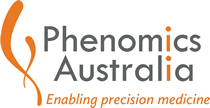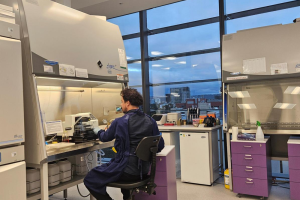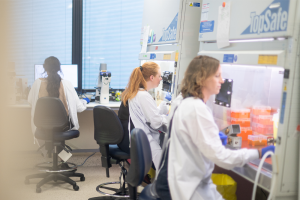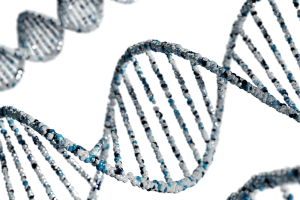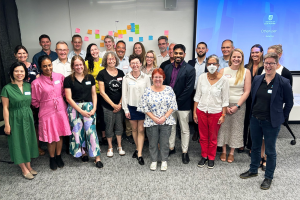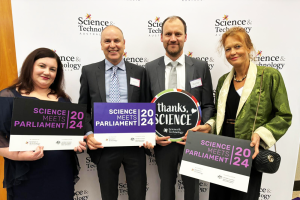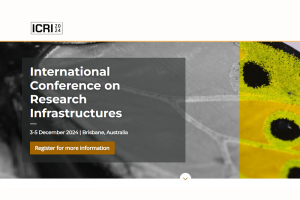There is no cure for lupus, a disease that causes the body’s immune system to attack itself.
But researchers are now closer to a genetic explanation for the puzzling condition, thanks to the genome of a child with a rare inherited form of the disease. The discovery, made by an international team of scientists, could pave the way for new and more effective treatments for lupus, but without the side effects associated with current therapies.
The NCRIS supported Phenomics Australia infrastructure, including the Genome Engineering service at the Australian National University, the Australian Phenomics Facility and the Histopathology and Slide Scanning service at the University of Melbourne played a long-term collaborative key role in this study. As well as our colleague NCRIS member, the National Computational Infrastructure.
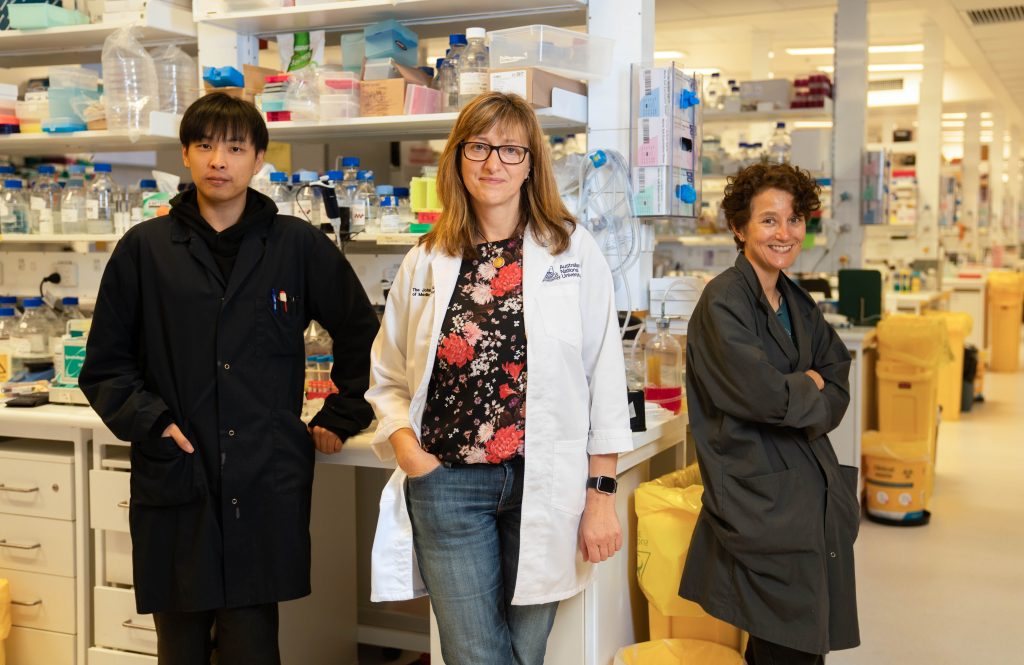
Lupus is a chronic autoimmune disease that causes inflammation in organs and joints, affects movement and the skin, and causes fatigue. In severe cases, symptoms can be debilitating and complications can be fatal.
In their study, published in Nature, the scientists carried out whole genome sequencing on the DNA of a Spanish child named Gabriela, who was diagnosed with severe lupus when she was 7 years old. Such a severe case with early onset of symptoms is rare and indicates a single genetic cause.
In 2016, Carola Vinuesa, then at Australian National University (ANU), and collaborators came across a 7-year-old Spanish girl named Gabriela who had symptoms of SLE, which is unusual in children. Sequencing Gabriela’s genome revealed a single-base change in the gene for TLR7, which encodes a pathogen-detecting protein called toll-like receptor 7 on the surface of multiple types of immune cells, including antibody making B cells. A TLR7 mutation had never been implicated in lupus before, but the researchers subsequently found several other lupus patients with similar mutations. Mice that were gene-edited to carry Gabriela’s TLR7 mutation developed lupus symptoms such as low platelets and kidney damage.
In their genetic analysis, carried out at the Centre for Personalised Immunology at the ANU, the researchers found a single point mutation in the TLR7 gene.
To confirm that the mutation causes lupus, the team used CRISPR gene-editing to introduce it into mice. These mice went on to develop the disease and showed similar symptoms, providing evidence that the TLR7 mutation was the cause. The mouse model and the mutation were both named ‘kika’ by Gabriela, the young girl central to this discovery.
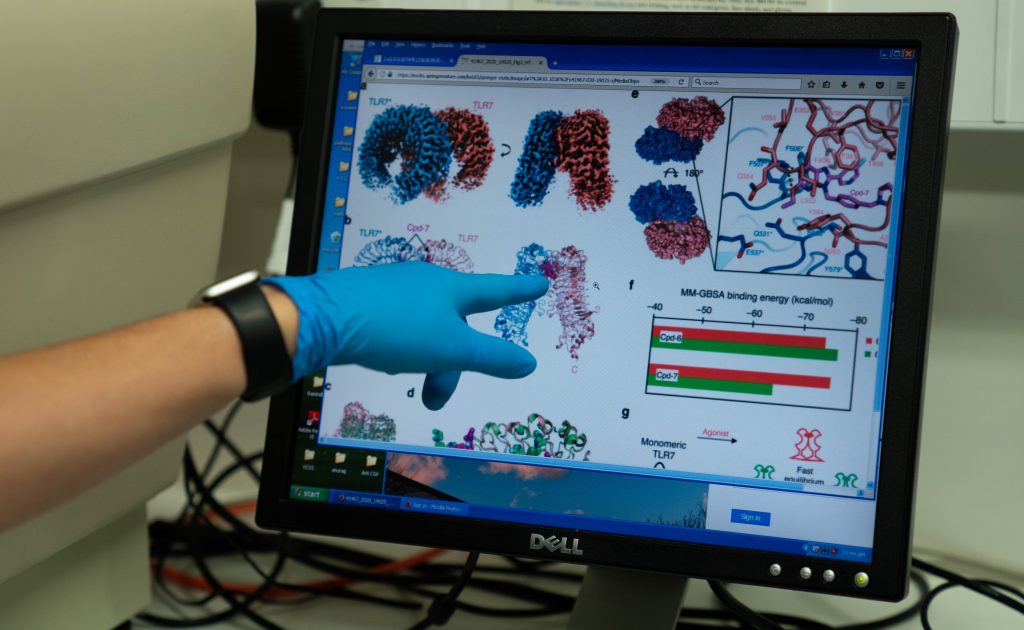
The work may also help explain why lupus is about 10 times more frequent in females than in males. As TLR7 sits on the X chromosome, females have two copies of the gene while males have one. Usually, in females one of the X chromosomes is inactive, but in this section of the chromosome, silencing of the second copy is often incomplete. This means females with a mutation in this gene can have two functioning copies.
The researchers are now working with pharmaceutical companies to explore the development of, or the repurposing of existing treatments, which target the TLR7 gene. And they hope that targeting this gene could also help patients with related conditions.
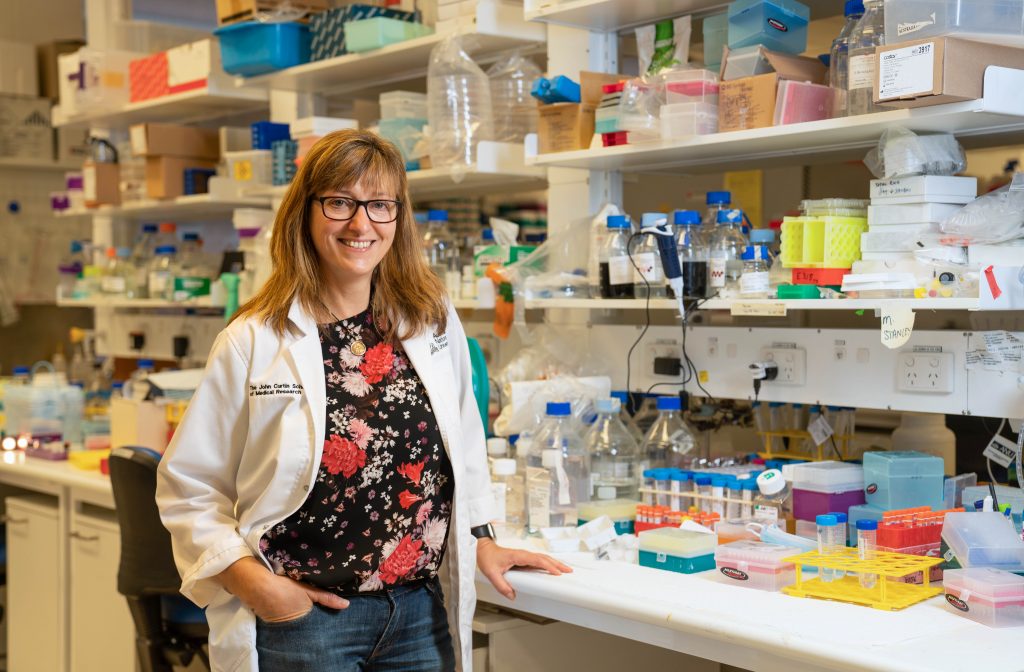
‘This is the first time scientists have shown a genetic variation of the TLR7 gene to be a driver of autoimmune disease in humans,” cosenior author Dr Vicki Athanasopoulos, from the ANU John Curtin School of Medical Research (JCSMR), said.
‘This raises the exciting possibility of developing new drugs targeting TLR7, potentially revolutionising treatments for lupus.”
Dr Athanasopoulos said: “Our animal model, with the human TLR7 variant, paves the way for designing and trialling targeted therapeutics to help patients with a similar type of TLR7-mediated lupus. ”
The researchers say the mouse model can be used to test new and existing drug therapies that inhibit the TLR7 gene, in a bid to provide some reprieve to patients suffering from lupus.
Gabriela, now a teenager, takes a cocktail of immunosuppressants to control her disease; the drugs have had the side effect of stunting her growth. She said in a press release that she hopes the new research will lead to better treatments for “so many lupus warriors who suffer from this disease.”
Additional information
- – TLR7 gain-of-function genetic variation causes human lupus.
- – Genome of girl with severe lupus pins down genetic target for treatments.
- – Lupus-causing gene paves way for new and tailored treatments.
- – Monogenic autoimmunity caused by TLR7 gain-of-function.
- – World-first discovery of the genetic cause of Lupus.
The Australian Phenomics Facility specialises in the development, characterising and archiving of mouse models of human disease. They have an experienced genomics and bioinformatics capability focussed on the identification of single nucleotide polymorphisms and the phenotyping capability to make the biological associations with probable human disease traits. Their goals are to first derive the underlying genetic mechanisms and then look to extend this across the population and better understand cohort differences and responses.
The facility was established in 2005 and receives funding from the Australian Government’s NCRIS, Super Science and CRIS programmes through the Phenomics Australia and contributions from the Australian National University.
They have an open access policy and support academic and corporate research programmes in Australia and internationally.
With an established track record and reputation for excellence, Phenomics Australia Genome Engineering team uses techniques such as CRISPR-mediated mutagenesis, classical gene targeting, and transgenesis to create optimal tools for your research delivering a comprehensive service in genome modification. To meet the high demand for this platform, Phenomics Australia offers genome editing services through four nodes across Australia, operating at Monash, ANU, WEHI, and SAHMRI.
Phenomics Australia Histopathology and Digital Slide Service helps researchers across Australia in analysing histology images and data on genetically modified or treated experimental animals. This service offers the latest in high quality capabilities including: Quality controlled mouse necropsies and tissue preparation, pathological analysis and scoring of tissues, digital slide scanner capable of producing high quality images, high resolution light microscopy with electronic image capture, specialised staining.
Staff providing this service have extensive histology, diagnostic and electronic imaging experience. Consultant Medical and Veterinary Pathologists are available to provide expert advice.
The Histopathology and Digital Slide Service is based at the Department of Anatomy and Physiology at the University of Melbourne.
